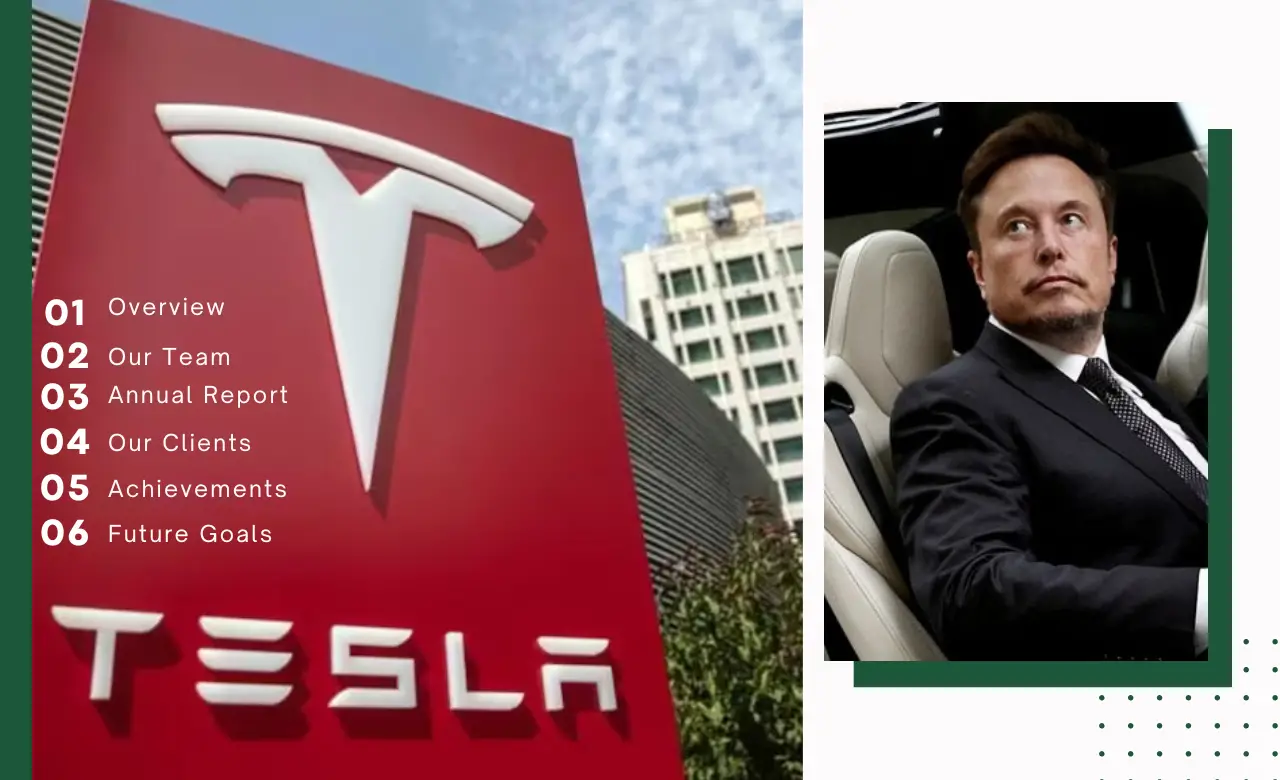The stock (Tesla) of the Elon Musk-led electric vehicle manufacturer rises after hours even as it reported a decline in quarterly revenue.
The EV behemoth, Tesla (TSLA), reported its lowest quarterly EPS since 2021 on Tuesday after revealing first-quarter earnings and revenue that were below expectations. However, as the EV behemoth hinted that “more affordable” new models are still on the way, TSLA’s shares shot up after hours.
On Tuesday, Tesla revealed that its Q1 earnings had dropped 47% to 45 cents per share. Revenue for the quarter was $21.3 billion, which was 9% less than in Q1 2023. Analysts predicted that Q1 revenues would drop by almost 5% to $22.22 billion, while earnings would plummet by more than 42% to 49 cents per share. The lowest EPS produced by Tesla since Q1 2021 was 31 cents per share in Q1.
Platform of the Future And The Robotaxi
As this was going on, Tesla stated that its next-generation platform was “in development.” The business went on to say that it thinks the introduction of new products, particularly ones constructed on its next-generation vehicle platform, and advancements in autonomy will spark its next wave of growth.
According to Tesla, these new cars would “use aspects of the next generation platform as well as aspects of our current platforms” and include “more affordable models.” According to Tesla, its current lineup of vehicles can be built on the same assembly lines as these new ones. During the earnings call, Elon Musk, the CEO, stated that the new model line will launch early in 2025, “if not late this year.”
The CEO of Tesla also said, that the company will be “showcasing” its robotaxi, or “cybercab,” on August 8 and that further discussions on a low-cost vehicle will take place thereafter. “Thinking about Tesla primarily involves solving the problem of autonomy and enabling it for a massive fleet,” Elon Musk stated on Tuesday.
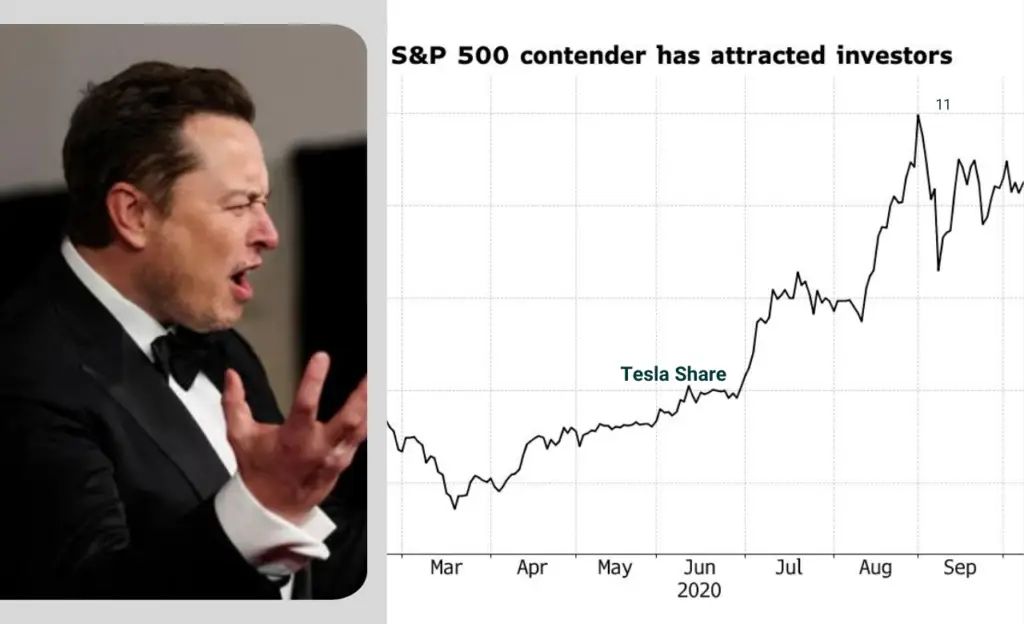
Tesla’s Income, Free Cash Flow, and the AI Quest
The largest EV company revealed on Tuesday that a fall in average vehicle selling price and a decline in vehicle deliveries were the main causes of its Q1 revenue decline. Problems with the Model 3 update rollout at its Fremont manufacturing also hampered Tesla’s growth.
In comparison to Q1 2023, total gross margins decreased by 199 basis points to 17.4%. In the meantime, Tesla’s global vehicle inventory at the end of the first quarter was 28 days, an 87% increase from Q1 2023.
In 2024, the company’s energy storage deployment growth rates and revenue from its energy generation and storage division “should outpace” the automobile industry, according to the statement.
In Q1, Tesla’s free cash flow was negative as well, totaling $2.5 billion. This was mostly due to a $2.7 billion rise in inventory and $1 billion spent by Tesla on “AI infrastructure.” Executives at Tesla anticipate that free cash flow will be positive again in Q2.
The business did, however, add that it will “continue to increase” the capacity of its AI infrastructure in the “coming months” and that it is now developing ride-hailing features that will be “available in the future.”
In addition to being electric, the future is autonomous, the firm stated in a press release on its earnings. We think that an enormous AI training cluster and data from millions of cars are the only things that will allow for scaled autonomy. We have both and are still growing.” “If somebody doesn’t think Tesla is going to solve autonomy, I think they should not be an investor in the company,” Musk continued during the results call.
Musk looked unenthusiastic even while discussing the new, less expensive model, equating it to a horse-drawn carriage. He also spent a significant portion of the investor call touting Tesla’s claims, which extended well beyond its present and foreseeable electric car lineup. He mentioned the company’s self-driving technology and artificial intelligence once more, speculating that one or more competing manufacturers would license the technology later this year.
Additionally, he discussed the company’s plans for intelligent humanoid robots and his vision of a fleet of millions of autonomous “robotaxis,” owned by both Tesla and Tesla owners, that will transport people in a manner that will be just as pleasant as getting into an elevator right now.
We truly ought to be viewed as an AI-robotics firm,” the man stated. It’s simply the incorrect framework if you view Tesla as merely an automobile manufacturer. I think investors in Tesla should be avoided if they don’t think the firm can address autonomy.”
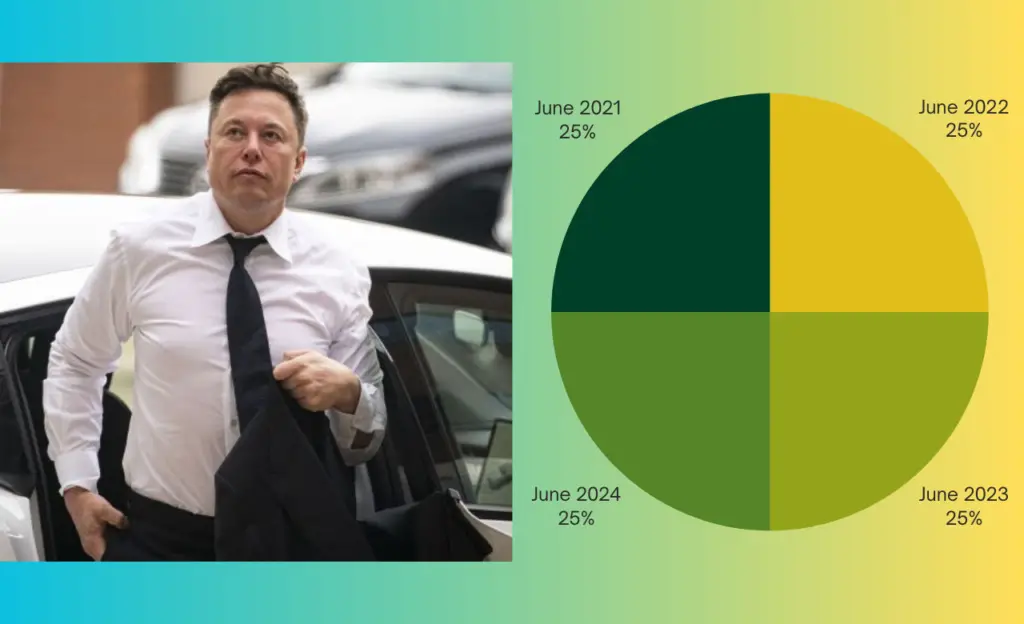
It was a typical Musk conversation from Tesla’s early years, when the business was still having financial difficulties and was teasing investors with visions of revolutionary technological advancements.
And in some ways, it was successful. Despite the unimpressive first-quarter financial results, the recently damaged Tesla (TSLA) shares, which had lost 42% of their value by Tuesday’s close, rose 11% in after-market trade.
Musk and Tesla were keen to turn the narrative around the company, not only from a string of negative headlines but also from the company’s underwhelming first-quarter financial performance. This month, it announced intentions to lay off almost 10% of its workforce and revealed its first global sales fall since the pandemic. Additionally, it kept up its annual campaign of price reductions, the most recent of which was last weekend.
Even some supporters of Tesla are concerned about the future of the most valuable carmaker in the world due to the stock value decline. However, it is coming under more and more pressure from Chinese manufacturers who are selling inexpensive EVs as well as well-known Western automakers that are launching their own EV lines.
Chinese automaker BYD overtook Tesla as the largest EV manufacturer in the world over the last three months of 2018. In response to Reuters’s report earlier this month claiming that Tesla was abandoning plans for a less expensive model, known as the Model 2, due to competition from China, CEO Elon Musk tweeted, “Reuters is lying (again),” but provided no further information about the company’s intentions. He did, however, issue a warning in January that low-cost EVs from Chinese automakers may “demolish” rivals.
At 45 cents per share, or $1.5 billion, Tesla’s adjusted net income was reported. Analysts had predicted 49 cents in earnings per share. Since the pandemic and supply chain interruptions were still having an impact on results in the first quarter of 2021, this was the lowest adjusted quarterly profit Tesla had disclosed.
Additionally, the corporation reported negative cash flow of $2.5 billion, marking the first time since the beginning of the pandemic in the first quarter of 2020 that it has burnt through cash in a quarter. The company reported that it faced many difficulties in the first quarter, including an arson attack at its German plant, a slow rollout of the updated Model 3 at its Fremont, California, plant, and the Red Sea conflict, which forced ships traveling from Asia to Europe to circumnavigate Africa.
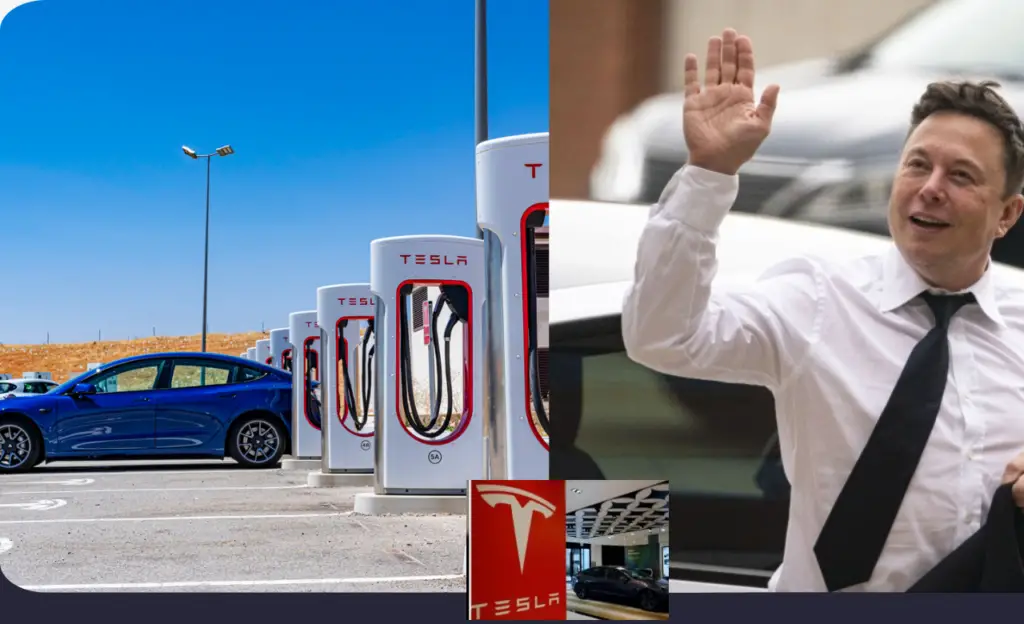
Following CEO Elon Musk’s announcement to investors that production of new, reasonably priced EV models would start earlier than anticipated, the stock shot up in extended session.
Here is how the company’s report and Wall Street’s expectations differed, according to an LSEG survey of analysts:
Profits per share: adjusted for 45 cents versus projected for 51 cents
Revenue: $21.30 billion versus the anticipated $22.15 billion
Revenue fell from $25.17 billion in the fourth quarter to $23.33 billion a year earlier. From $2.51 billion, or 73 cents per share, a year earlier, to $1.13 billion, or 34 cents per share, net income fell by 55%.
Production hiccups brought on by the Covid-19 pandemic in 2020 contributed to the company’s prior revenue decrease, but this time the decline was much more severe. In the first three months of 2024, Tesla’s automotive revenue fell 13% year over year to $17.38 billion.
After previously anticipating to begin in the second half of 2025, Musk stated on the call that the business aims to start manufacturing of new models in “early 2025, if not be late this year.” In addition to applauding Tesla for its investments in AI infrastructure, Musk disclosed that the company is in talks to license its driver assistance system, which is referred as in the US as the Full Self-Driving, or FSD, option—with “one major automaker.”
Tesla reaffirmed its negative forecast for 2024, in its shareholder deck, warning investors that the “volume growth rate may be notably lower than the growth rate achieved in 2023.”
Tesla shares were down more than 40% this year, to their lowest point since January 2023, before a 13% increase after hours due to worries about the company’s continuous price reduction, lackluster deliveries, and competition in China. Tesla said earlier this month that first-quarter vehicle deliveries were down 8.5% compared to the same period last year.
The business stated in the presentation deck that it will be releasing new models more quickly that “may be produced on the same manufacturing lines” as Tesla’s present range of “new vehicles, including more affordable models.” Prior to investing in new production lines, Tesla wants to “fully utilize” its current production capacity and achieve “more than 50% growth over 2023 production.”
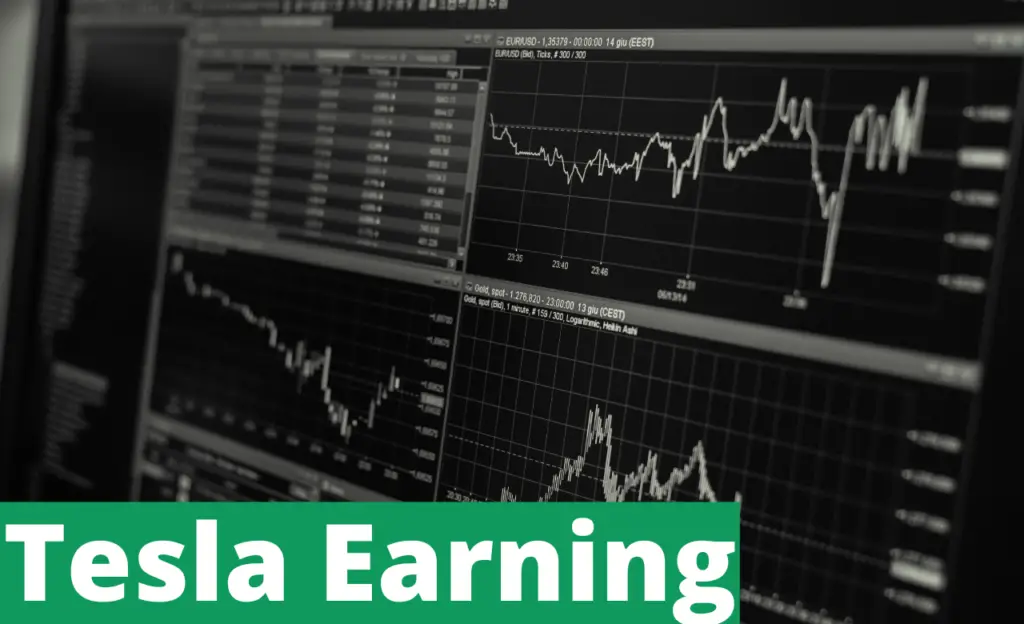
Tesla also displayed screens from a robotaxi-based ride-hailing business in the deck. For years, the firm has made promises about a self-driving car, but Musk hasn’t seen through them.
Tesla’s Income, Free Cash Flow, and AI’s Aspirations:
The industry leader in electric vehicles revealed on Tuesday that a decline in vehicle deliveries and a decrease in average selling prices were the main causes of the revenue decline in the first quarter. Issues with the Model 3 update’s rollout at its Fremont facility also hindered Tesla’s increased revenue.
Gross margins overall decreased by 199 basis points to 17.4% from the first quarter of 2023. In the meantime, Tesla’s global vehicle inventory at the end of the first quarter was 28 days, an 87% increase over the same period in 2023.
The business went on to say that by 2024, the growth rates of its energy storage deployments and the money it makes from energy generation and storage “should surpass” that of the automobile industry.
Tesla’s $2.7 billion rise in inventory and its $1 billion investment in “AI infrastructure” were the main causes of the company’s $2.5 billion negative free cash flow in the first quarter. Executives at Tesla anticipate that in the second quarter, free cash flow will turn positive again.
But the business also said that it will “keep growing” the capacity of its AI infrastructure in the “upcoming months” and that it is already developing ride-hailing features that will be “available in the future.”
“In addition to being electric, the future is autonomous,” the business declared in its earnings report. We think that a vast AI training pool and data from millions of cars are the only things that will allow for scaled autonomy. We currently have both and are growing them further.
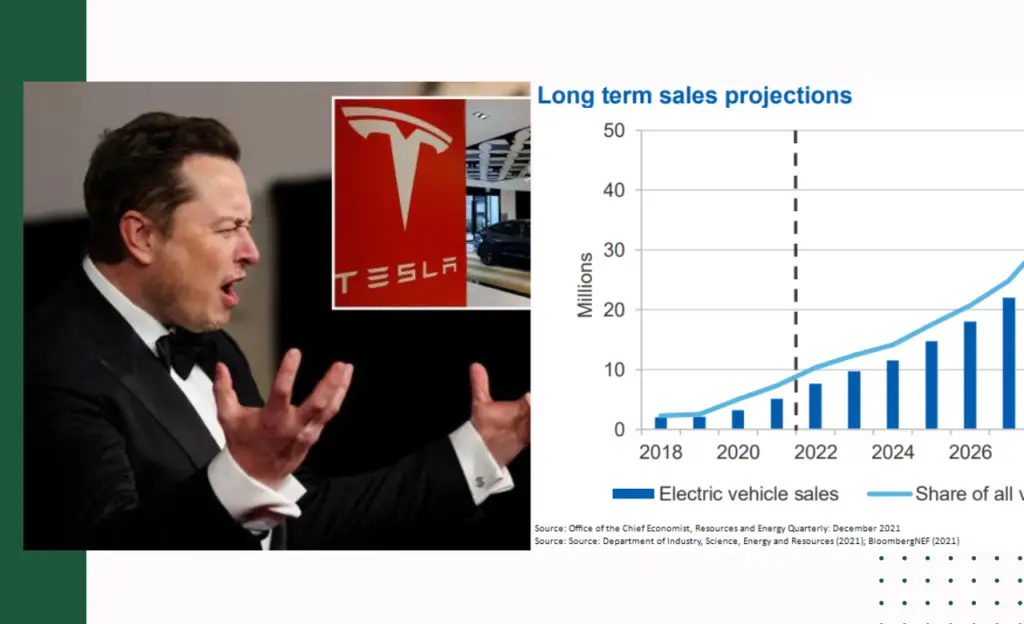
Tesla Stock: Following Tuesday’s market closure, the stock increased by over 10%.
Regular market activity saw a 1.9% increase in Tesla shares to 144.69. Tesla’s stock dropped 3.4% on Monday to 142.05, setting an intraday record for a 52-week low of 138.80.
Tesla’s stock dropped by almost 2% on Friday, losing 14% of its value for the week and weakening its April 2023 lows.
Early in April, Tesla revealed that, despite producing 433,371 cars, its first-quarter global deliveries came to a total of 386,810. A total of 369,783 Model 3 and Model Y units as well as 17,027 “other” cars were delivered.
The first quarter’s 386,810 deliveries from Tesla beat even the lowest projections, making it the lowest quarterly total since the 344,000 in the second quarter of 2022.
The figures
Whatever angle you choose, Tesla’s FY24 first quarter results are unsatisfactory. Earlier in the month, analysts had reduced their predictions when the number of car deliveries decreased 8.5% on an annual basis. However, today’s numbers were still insufficient.
Total revenue was US$21.3 billion, 9% less than the estimated US$22.3 billion.
Profits per share fell 47% to 45 US cents from an estimated 52 cents.
Year-over-year, free cash flow fell to negative US$2.53 billion from positive US$441 million.
Gross margin decreased from 19.3% to 17.4%.
Operating costs increased by 37% to $2.53 billion USD.
20% increase in cash and cash equivalents to US$26.9 billion
During the quarter, a few inhibitive factors were cited in the company’s presentation.
First, it was reported that when automakers turned their attention to hybrids, global EV sales were “under pressure.” Second, the war in the Red Sea and the Berlin Gigafactory arson incident were mentioned. Finally, a problem in Q1 was the delayed introduction of the upgraded Model 3 at its Fremont manufacturing. Moreover, Tesla’s income and profitability were negatively impacted by its recent reduction in car prices.
Tesla share price’s saving grace
All of this seems unaspirational for an investment. So why is the price of Tesla shares surging in after-hours trading? Given the difficult economic climate, it seems Musk is now trying to ease the pain of low demand. Musk stated that in order to do this, the business is moving forward with preparations for its next-generation, less expensive model, saying:

